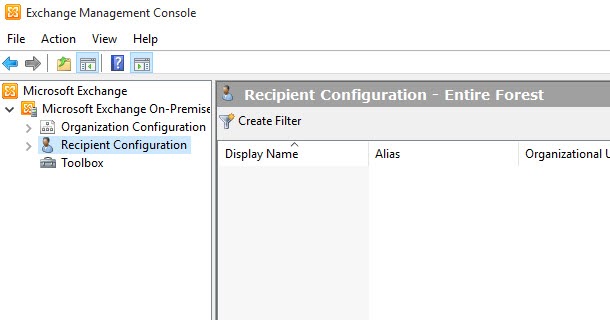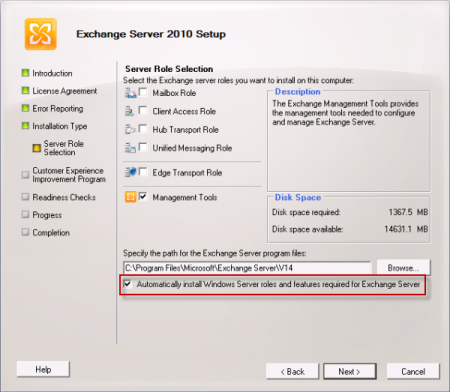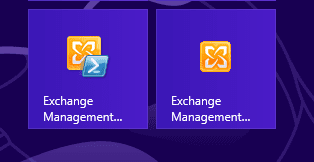

How the Exchange Management Shell works on all Exchange server roles except Edge Transport For more information, see Connect to Exchange servers using remote PowerShell.

Use remote PowerShell from a Windows PowerShell session.
#Download exchange 2010 management tools install#
For more information, see Install the Exchange Server Management Tools and Open the Exchange Management Shell.

The Exchange Management Shell provides this flexibility because it uses an object model that's based on the Microsoft.
#Download exchange 2010 management tools code#
Visual Basic scripts that required many lines of code can be replaced by Exchange Management Shell commands that use as little as one line of code. The Exchange Management Shell also provides a robust and flexible scripting platform. In fact, when you do something in the Exchange admin center (EAC), the Exchange Control Panel (ECP), or the Exchange Management Console (EMC), it's the Exchange Management Shell that does the work behind the scenes. You can use the Exchange Management Shell to perform every task that's available in the Exchange graphical management tools, plus things that you can't do there (for example, bulk operations). For example, you can create email accounts, create Send connectors and Receive connectors, configure mailbox database properties, and manage distribution groups. You can use the Exchange Management Shell to manage every aspect of Exchange. The Exchange Management Shell is built on Windows PowerShell technology and provides a powerful command-line interface that enables the automation of Exchange administration tasks.


 0 kommentar(er)
0 kommentar(er)
